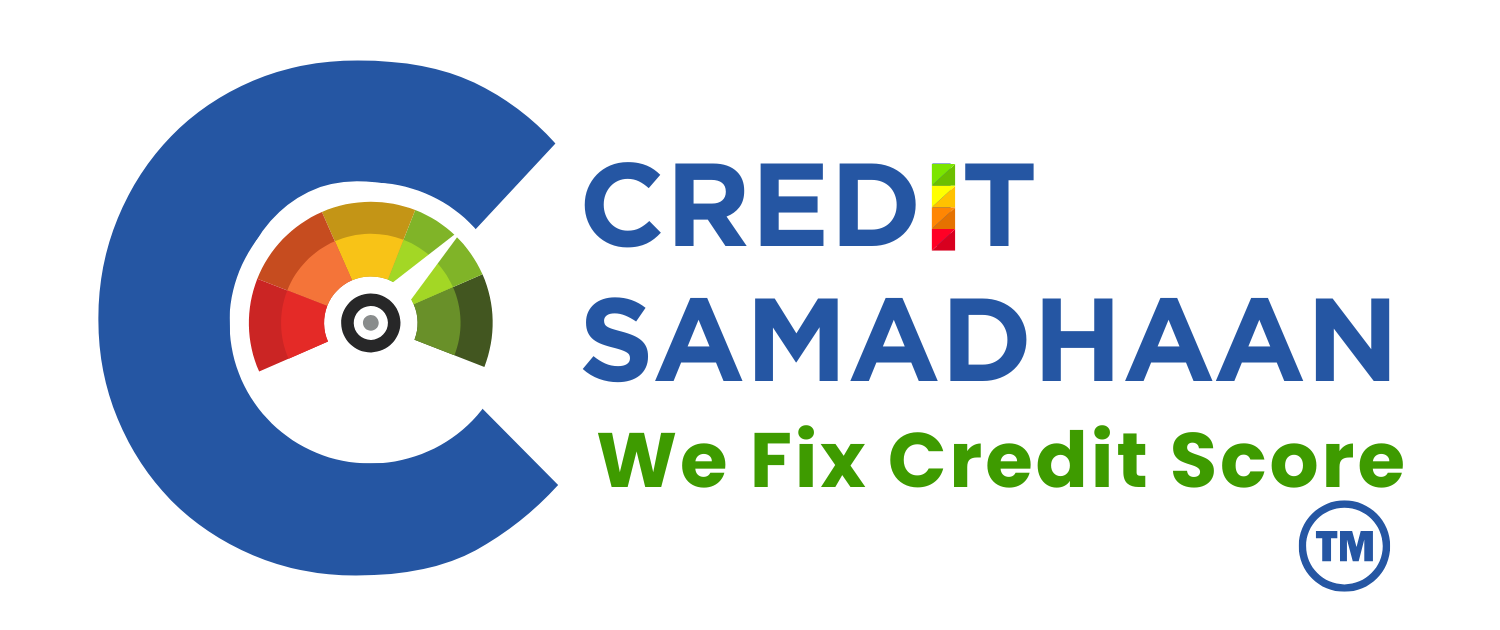RBI News | 14 june | RBI’s New Liquidity Playbook: CRR to Be Used as a Strategic Tool, Not Just for Emergencies
14 June 2025 |CreditSamadhaan.com News Desk | RBI News
In a bold shift that could reshape India’s monetary policy playbook, the Reserve Bank of India (RBI) is moving toward a dynamic, proactive approach to managing liquidity in the financial system—by making the Cash Reserve Ratio (CRR) a central tool, not a last resort.
This new stance marks a paradigm shift in the way the RBI tackles market liquidity, aiming for faster policy transmission and stronger financial stability. The implications for banks, borrowers, investors, and the broader economy are significant and far-reaching.
What’s Actually Changing with CRR?
The CRR—the percentage of a bank’s total deposits that must be held in reserve with the RBI—has traditionally been treated as a blunt instrument, used only during periods of crisis or economic overheating.
But now, the RBI is reshaping that mindset. Instead of using CRR reactively, the central bank plans to use it strategically and frequently, even in normal market conditions, to:
-
🔹 Smoothen liquidity fluctuations
-
🔹 Absorb excess capital inflows
-
🔹 Improve policy rate transmission to the real economy
-
🔹 Reduce dependency on Open Market Operations (OMOs)
This positions CRR as a frontline tool—like a dial, not a switch—for calibrating the flow of money through the system.
The Big Move: A 100 Basis Point CRR Cut | RBI News
Just last week, the RBI made headlines by slashing the CRR from 4% to 3%, a 100 basis point cut that stunned markets and analysts alike. This is the lowest CRR level in recent history, and it unleashed ₹2.5 lakh crore (approx. $29.25 billion) into the banking system.
This aggressive liquidity infusion is designed to:
-
✅ Lower borrowing costs for individuals and businesses
-
✅ Stimulate credit growth, especially in MSMEs and housing
-
✅ Enhance banks’ ability to lend, increasing liquidity in the hands of consumers
According to central bank insiders, this is just the beginning of a new, flexible liquidity strategy.
Inside RBI’s New Strategy | RBI News
In an exclusive Reuters report, a senior RBI official shared a rare glimpse into the central bank’s evolving thinking:
“CRR is now being looked at from a liquidity management perspective—not just as a panic button.”
This reflects a modern, nuanced understanding of liquidity dynamics—where traditional methods like OMOs and FX swaps are no longer sufficient on their own.
Key Highlights of the Strategy:
-
🔄 CRR will now be adjusted more frequently, based on real-time liquidity assessments.
-
💡 RBI will reduce reliance on OMOs and prefer direct, structural tools like CRR.
-
📊 The central bank will use CRR tweaks alongside reverse repos and auctions to fine-tune short-term interest rates.
$100 Billion Already Pumped into the System |RBI News
Since December 2024, the RBI has injected nearly $100 billion into the banking system through a mix of:
-
🔁 Open Market Operations
-
💱 Foreign exchange (FX) swaps
-
🧰 Term repos and standing facilities
But with this new shift, CRR adjustments are expected to become the go-to mechanism—offering quicker, more targeted liquidity solutions.
RBI Eyes Stability in Interest Rates
Maintaining the overnight call rate—the rate at which banks lend to one another—close to the repo rate (currently at 6.5%) is central to RBI’s strategy.
To do this, the RBI will:
-
🌀 Conduct variable-rate reverse repo auctions to mop up excess funds
-
🧭 Recalibrate policy tools if the market rate drifts too far from the target
-
📉 Maintain stability across the short-end of the yield curve
Already, the weighted average call rate has dropped closer to the 6.5% benchmark—signaling early success of this approach.
The Bond Market Reacts
Not all reactions have been positive. The increased reliance on CRR has reduced the need for OMOs, making long-term government bonds less attractive.
As a result:
-
🔻 10-year bond yields have dipped, reflecting lower bond demand
-
📉 Investors are repositioning portfolios away from long-dated securities
This will require the RBI to carefully balance liquidity goals with market stability, especially as fiscal borrowing remains high.
A New Liquidity Framework in the Works
RBI is currently finalizing a revised liquidity management framework that will:
-
📌 Make CRR a more flexible and agile tool
-
📌 Limit overuse of OMOs and FX swaps
-
📌 Ensure tighter linkage between repo rate and market interest rates
-
📌 Improve monetary policy transmission from the RBI to retail lending
Until this framework is formally launched, the central bank has assured continuity in current operations, including short-term liquidity injections as needed.
What This Means for You
Whether you’re a banker, borrower, or investor, this policy evolution carries direct consequences:
For Banks:
-
✔️ More operational flexibility
-
✔️ Increased loan disbursal capacity
-
✔️ Potential for higher net interest margins
For Borrowers:
-
💰 Potential drop in interest rates for home, auto, and business loans
-
🚀 Easier credit access—especially for MSMEs and retail consumers
For Investors:
-
⚠️ Stay alert to changing bond yield trends
-
🧮 Expect rebalancing in fixed income portfolios
For the Indian Economy:
-
🌐 A more adaptive monetary regime
-
🔧 Faster response to liquidity needs
-
🧩 Better alignment between market rates and policy objectives
Final Word: A More Intelligent RBI
The Reserve Bank of India is entering a new era of liquidity management—an era where flexibility, precision, and foresight take center stage. The transformation of CRR from a “break-glass-in-emergency” tool to a scalpel for managing liquidity signals a deeper evolution in how India handles macroeconomic challenges.
This is not just monetary policy—it’s monetary strategy.
And it’s built to keep India’s financial system stable, dynamic, and growth-ready.








